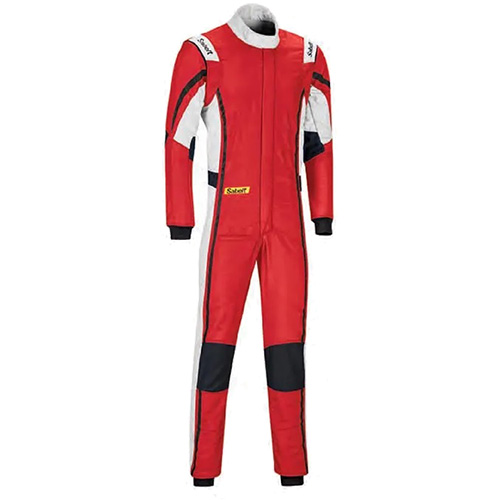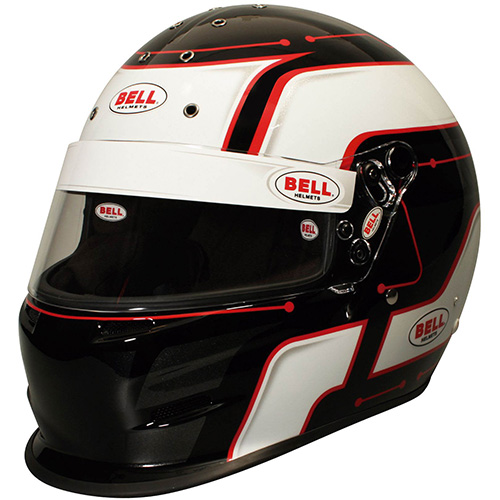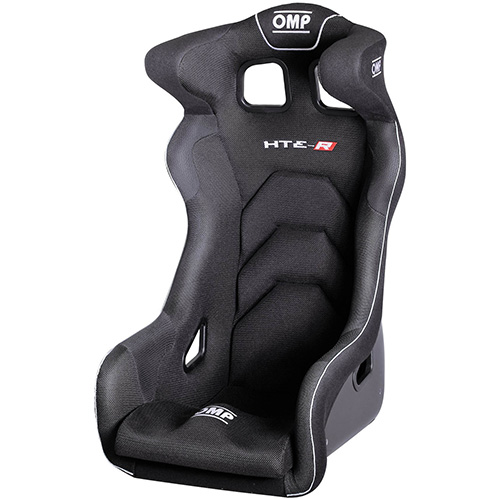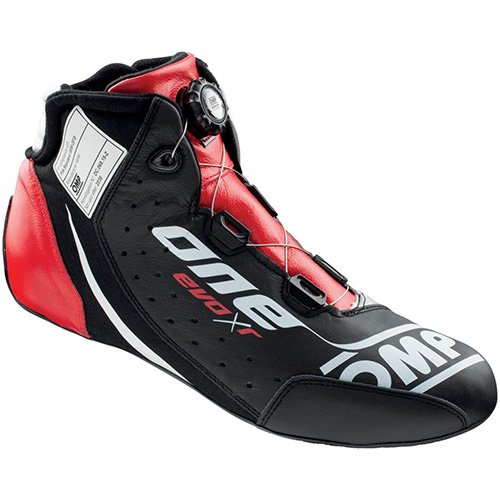Book Review: The Guide To Road Racing On A Budget
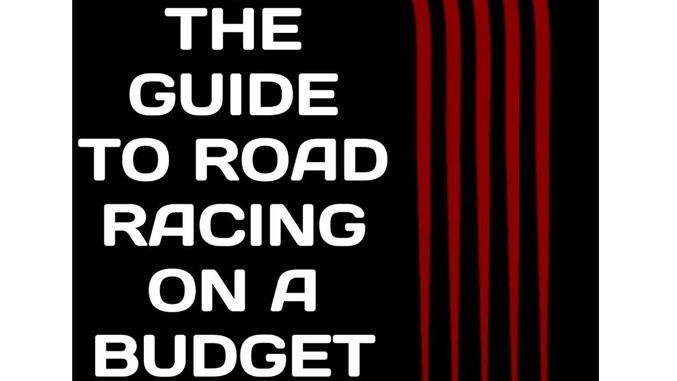
Because Winding Road Racing has four motorsports equipment retail stores, runs club racing, builds race cars, and has a major hand in Spec MX-5, we talk to a lot of people in the amateur motorsports world. A surprising number of them have lots of questions about how to get into the game. Actually, that shouldn't be too surprising for those of you who remember getting started. The sanctioning bodies are under-marketed, the information you need is scattered, and the web interfaces in much of the industry are a hodgepodge at best. Paul Slavonik's new e-book The Guide to Road Racing On A Budget: A Step-By-Step Path To Going From A Motorsports Fan To Getting On Track, has many virtues, not least of which is that it clarifies some of the confusion about getting into road racing.
Who Is This Book For?
The Guide to Road Racing on A Budget is aimed at the novice trying to figure out how to go road racing. It starts almost at the beginning, with the assumption that the reader has zero or very little track experience. We say "almost at the beginning" because Slavonik assumes that the reader knows that he or she wants to race.
What Does It Cover?
The book addresses money, cars, track events, safety and wheel-wheel racing. In keeping with the focus on pure novices, the book spends by far the most time on getting started at the HPDE level, not how licensing and sanctioned racing work.
Anything Special About the Book's Approach?
Actually, yes. First, the book simplifies the process of getting started by laying out a pretty specific path to take. That simplification is impressively helpful in reducing confusion, which is a major problem in our experience. At the same time, novices may feel that Slavonik errs too much on the side of "do this" and doesn't present enough of the options that are pretty clearly available. Unfortunately, the options can quickly become overwhelming. Fortunately, Slavonik's advice is pretty sound and if you read the book as presenting the standard path, then at least you know what the typical novice racer should do and why. If you have good reason to go at it differently, you'll probably understand and execute that plan better.
Second, in keeping with the title, Slavonik is impressively clear on the costs of getting started in racing. His approach is sensible, but he doesn't sugar coat the fact that racing isn't free, nor does he present some magical thinking about how to reduce the cost.
Will I Enjoy This Book?
That depends a lot of whether you are the target reader. But if you are, we think you'll probably love it. The book is short (44 pages), so you can read it in one sitting, though there are sections worth revisiting. The style delivers an impressive mix of conversational readability with needed facts and figures. It is good enough that you'll probably get to the last page and want more. And, at $2.99, only the most penurious or curmudgeonly will miss the fact that there is very good value for money here.
You can get this book from Amazon.
Readers who enjoy this book may also be interesting in Winding Road Racing's series of articles compiled here as The Guide To Road Racing.
